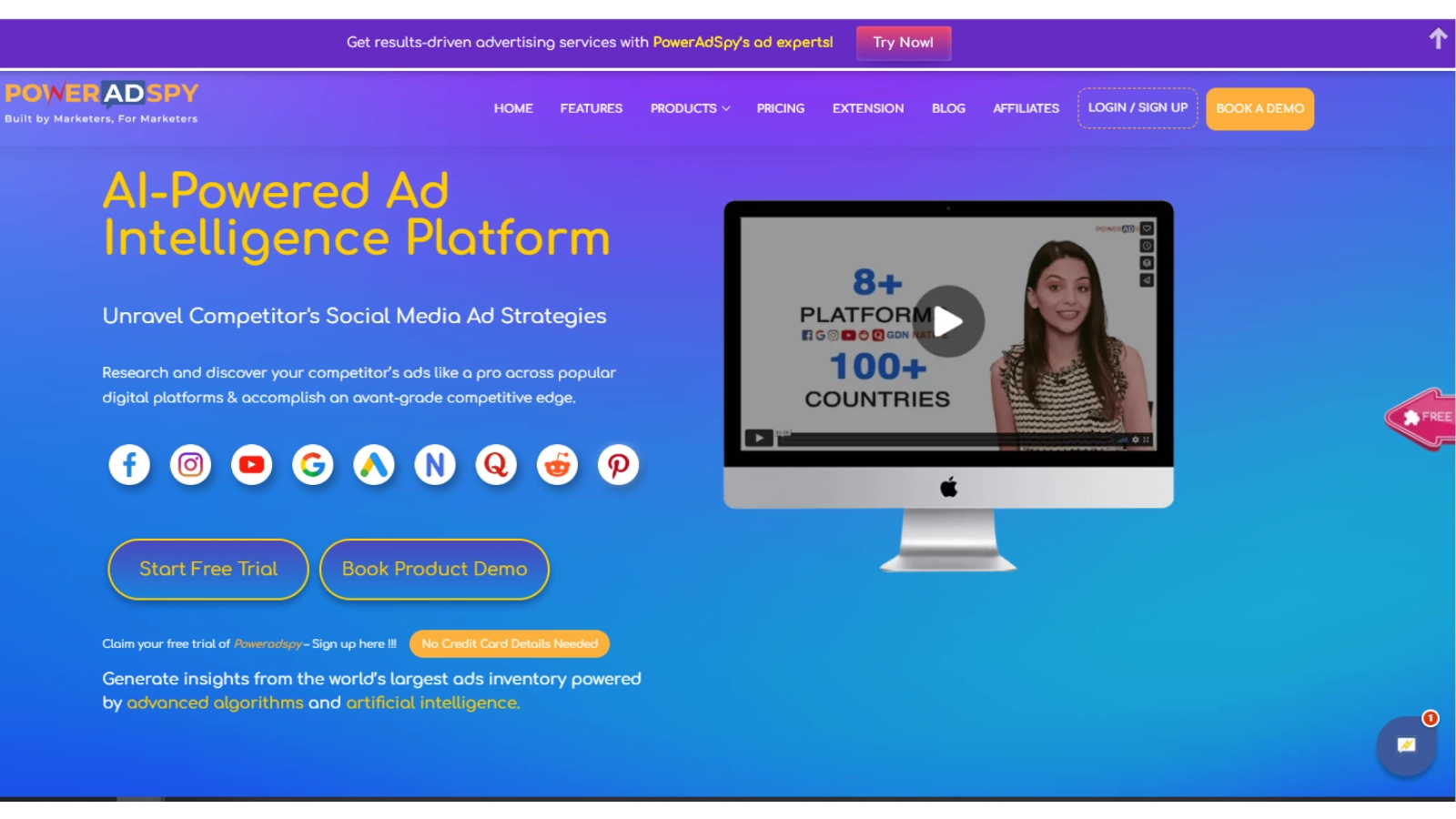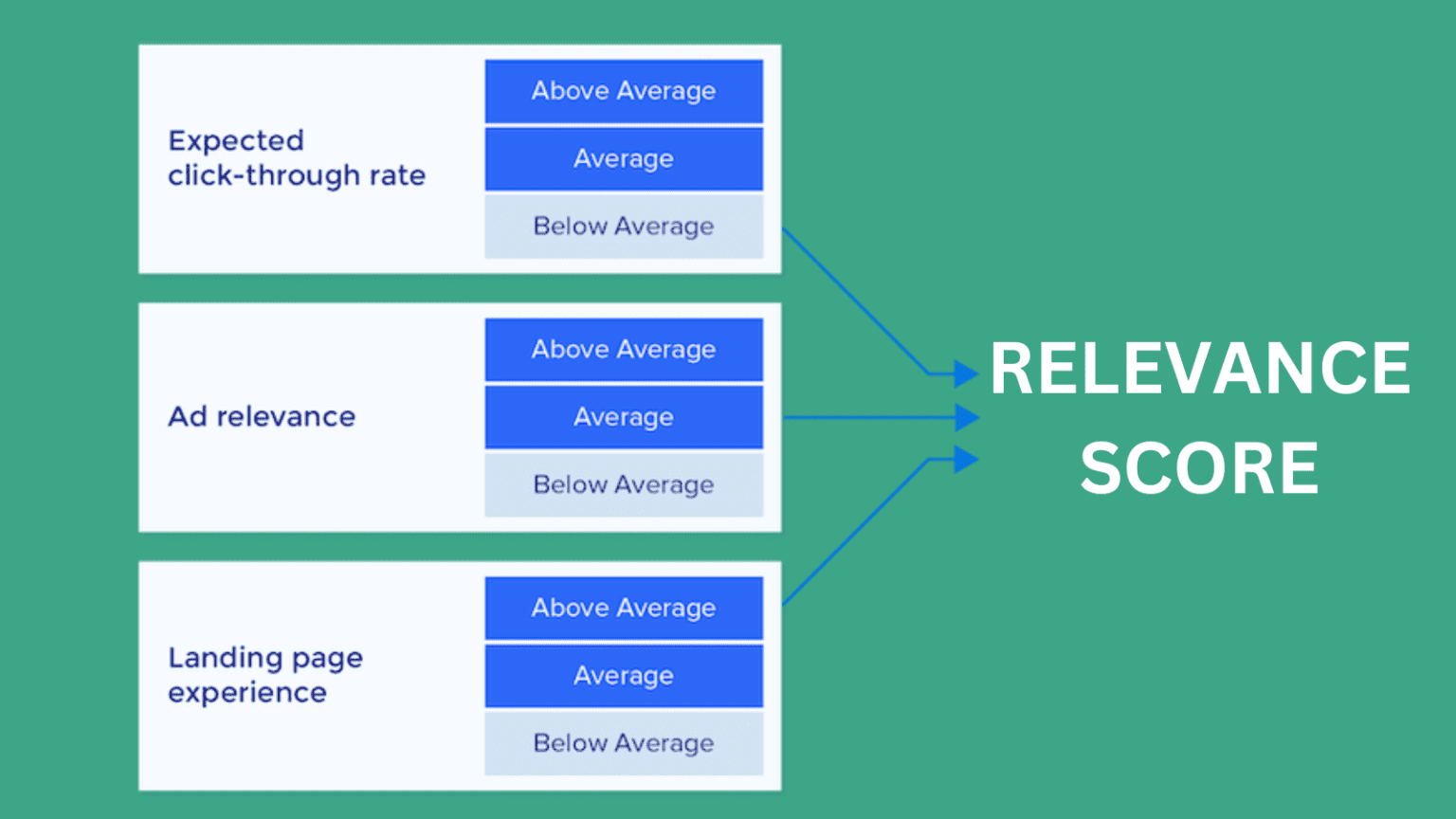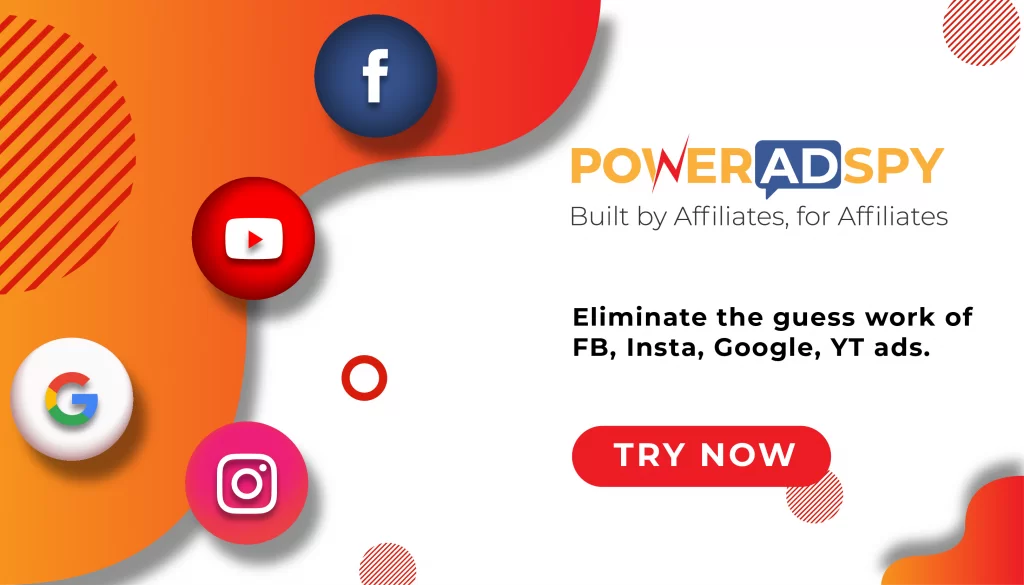Dominate Your Market with Competitor Ad Analysis: 08 Secrets for Advertising Excellence!
When we say “Follow Your Competitors,” we don’t literally mean it. We’re actually talking about carefully studying and analysing their content, as well as their audience, reach, and how successful they are. When you do this, you develop a powerful marketing strategy that can skyrocket your upcoming ad campaign. This is what we refer to as competitor ad analysis!
The Price of Facebook Ads has risen in recent years, and experts predict that this trend will continue. Therefore observing and analysing your competitors’ strategies as a part of your competitor ad analysis, rather than investing a significant amount of money without a clear understanding of what you’re doing is crucial.
Tap the play button & listen this Article
So before you launch your ad campaign, conduct a powerful competitor ad analysis to see what works for them and what can work for you.
But how can you conduct a competitor ad analysis efficiently and effectively?
One most prominent way is by using a competitor ad analysis tool like PowerAdSpy.
PowerAdSpy is a powerful competitor ad analysis tool that can help you conduct your analysis very efficiently. It provides you with valuable insights into your competitor ad analysis, including the types of ads they run, their targeting options and performance of their ads.
Here are the Steps for Competitor Ad Analysis with PowerAdSpy
Step 1: Log in to Your PowerAdSpy Account.
(If you don’t have an account, sign up for one on the PowerAdSpy website).
Step:2 Enter a Keyword to Search For
At the top of the page, you’ll find a search box where you can enter a term to search for specific ads. You can search for a domain, advertiser or keyword related to the ads you are interested in.
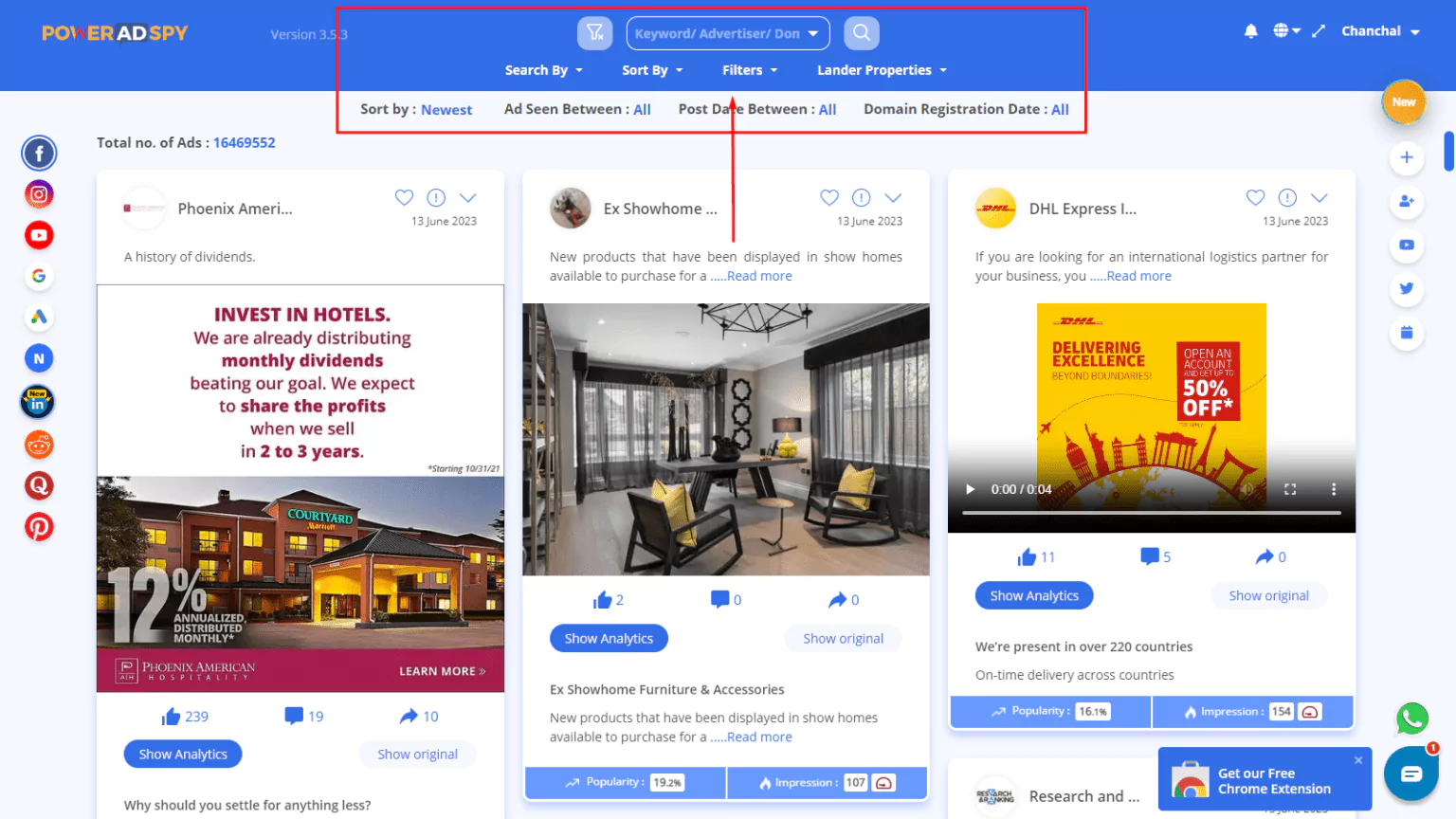
Step:3 Sort, Filter and Search Options
PowerAdSpy offers various options to refine your ad search. You can use these features to narrow down your search results and get more relevancy in what you’re looking for.
Step 4: Analyse Ad Performance
Once you have found relevant ads, analyse their performance such as engagement rates, likes, shares, and comments. This will give an idea of how well these ads are performing in the market.
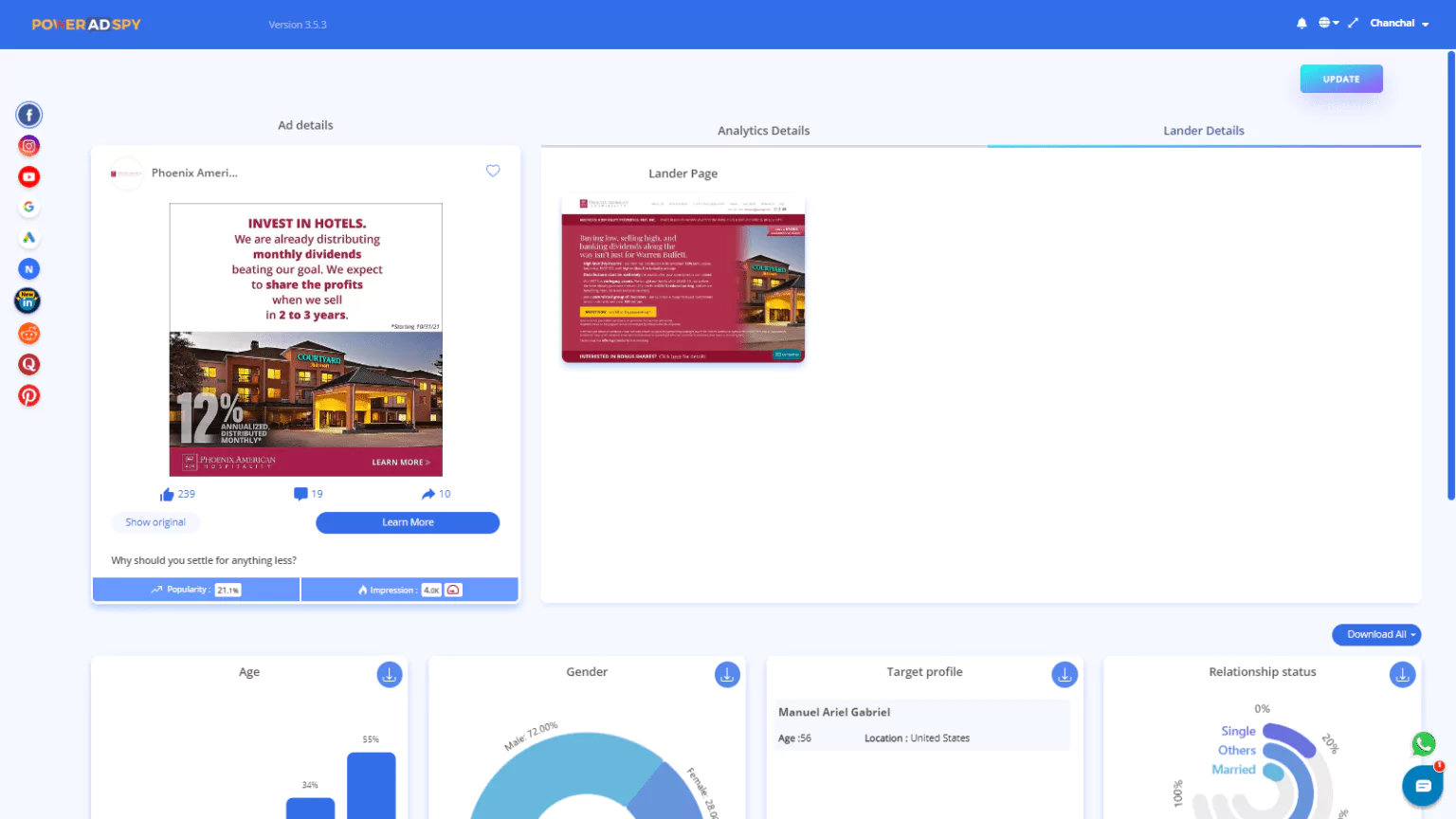
Step 5: Identify Ad Strategies
Pay attention to the ad copy, visuals, call-to-action, and overall messaging used by your competitors. Identify the strategies they are implementing and understand what makes their ads effective.
Step 6: Track Targeting options
Observe the targeting options your competitor’s are using, such as location, age, interest and demographics.
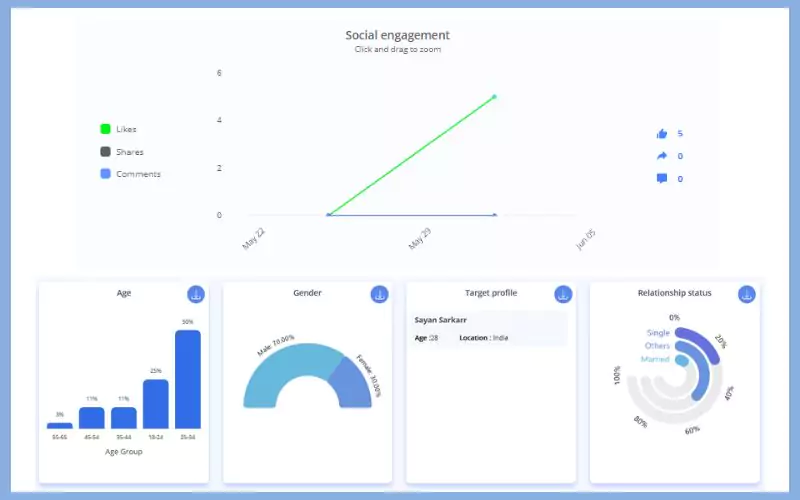
Step 7: Monitor changes over time
Conduct competitor ad analysis on a regular basis to keep track of any changes in your competitor’s strategies.
Step 8: Apply Learnings to your ads
Use the information you have gathered from your competitor ad analysis to create more compelling and effective advertisement that resonates with your target audience.
Creating Compelling and Successful Facebook Ads
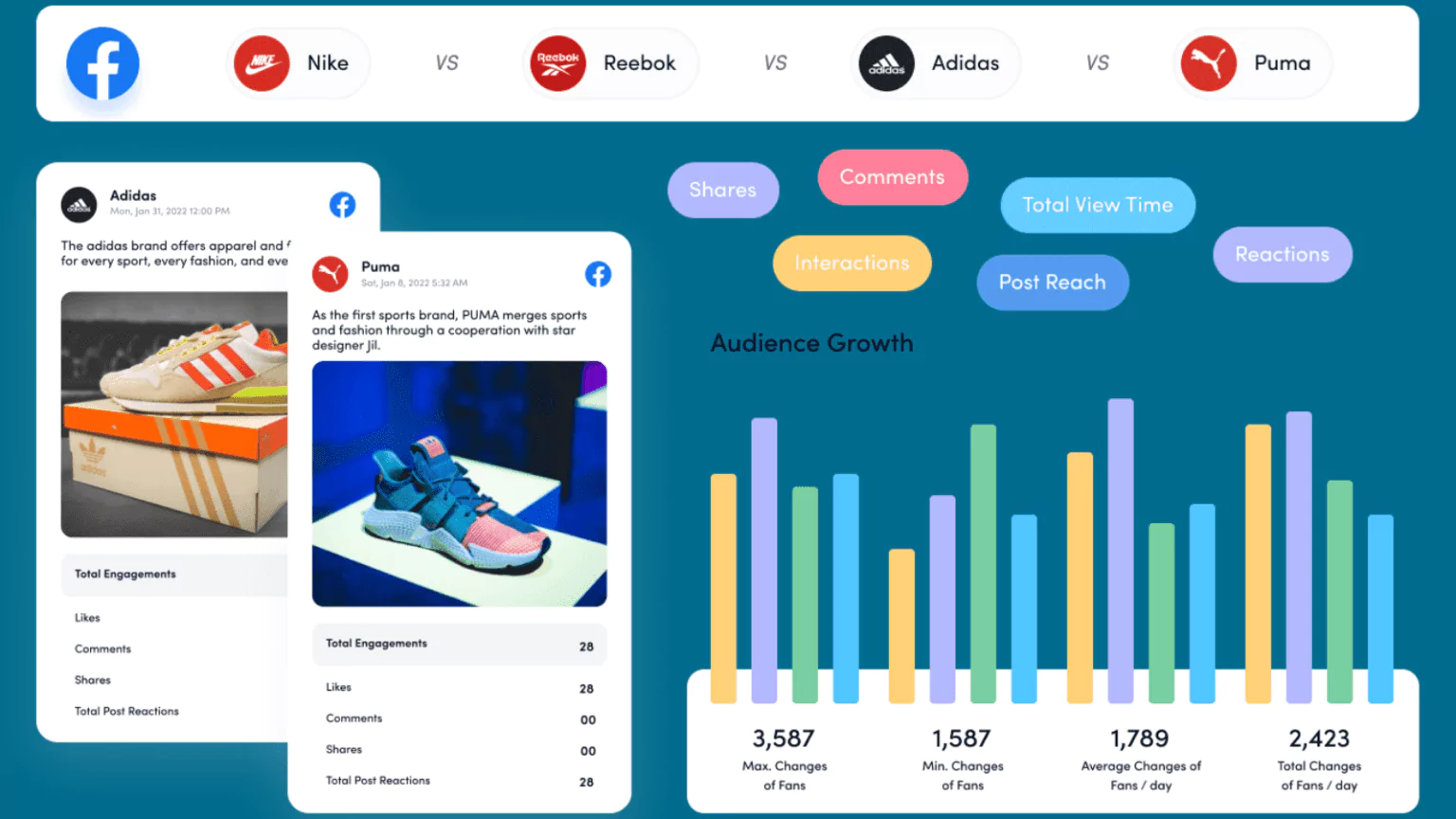
So far, we have discussed the benefits of competitor ad analysis in gaining a competitive edge. However, it is crucial to acknowledge that the significance of having compelling and engaging ad creatives is equally important.
While competitor ad analysis helps you understand your rivals’ strategies, it’s the quality and effectiveness of your own ad creatives that truly determine your success. Checking on the PPC ads of your competitors also gives your ads an edge over theirs.
Navigating Facebook advertising can be overwhelming with its multitude of options. From various targeting choices to recommended advertising practices and formats, it’s easy to feel lost. However, let’s dive into the process of creating effective and profitable ads.
Check Ad Relevance
The quality and level of interaction of your Facebook ads depend on their Relevance Score. A low relevance score means your ads are less relevant to your target audience, resulting in higher costs to keep them circulating. To improve your relevance score, employ hyper-specific targeting, experiment with different approaches, and focus on creating excellent ads.
Understand Facebook Ad Placement
Not all Facebook ad placements are equal. While a beginner might choose automatic ad placements, it’s worth noting that changing the location of your ads can have a significant impact on the success of your campaign.
Also it’s essential to understand that certain ad placements work better when combined with specific marketing objectives.
For example, if your goal is to drive more website traffic, you may find that particular ad placements are more suitable for achieving this objective. Similarly, if you aim to boost engagement with your audience, there are specific placements that are better suited for such initiatives.
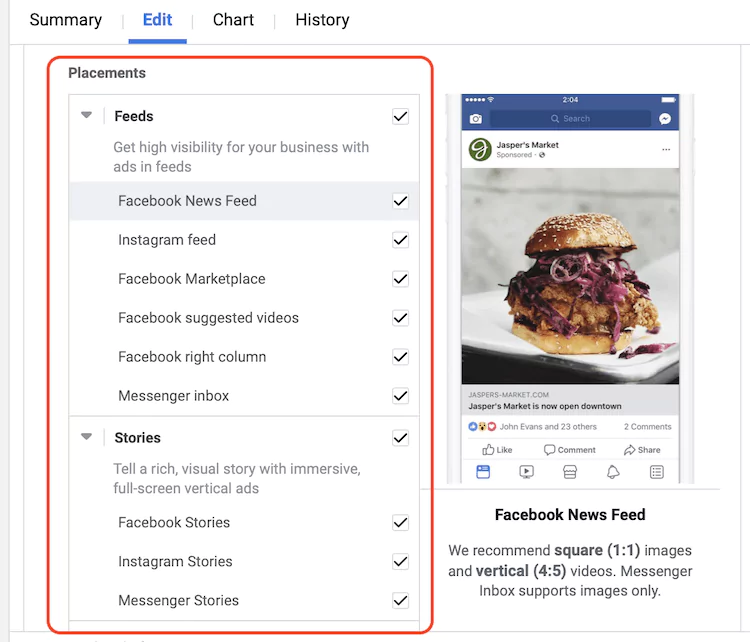
Let’s take a closer look at these Facebook ad placements for more clarity:
Driving Website Traffic:
If your primary objective is to increase website traffic, you might consider placing your ads in the News Feed or the right column on desktop or mobile devices. These placements tend to attract more attention and encourage users to click through to your website, thus driving traffic.
Boosting Audience Engagement:
If you want to increase interaction with your audience, there are a few effective strategies. First, you can put your ads in the Facebook Marketplace or use Instagram Stories as a placement. Both options can encourage users to engage with your content, such as leaving comments or sharing it with others. Another approach is to run interactive targeted ads, which can also entice users to interact with your content.
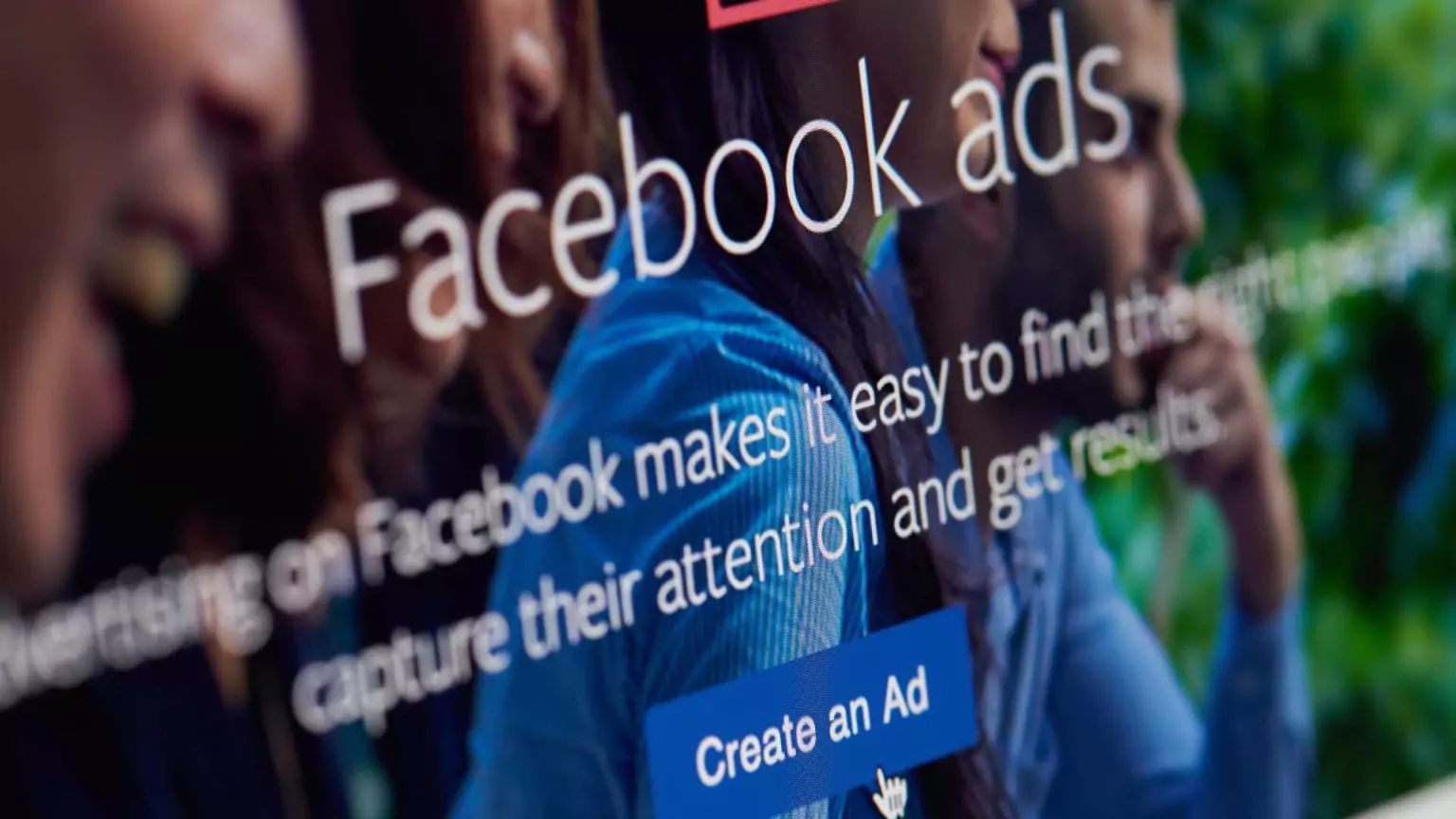
Learn About Ad Sizing And Specifications
Following is a brief breakdown of the ad specifications you should be aware of:
Image advertisements:
- Dimensions: 1,200 x 628 pixels
- Ratio: 1.91:1
- Text length: 90 characters
- Headline length: 25 characters
- 30-character link description
Video advertisements:
- Format: .mov or .mp4
- Ratio: 16:9
- Minimum resolution: 720p
- Maximum file size: 2.3 GB
- Thumbnail size: 1,200 x 675 pixels
- Text length: 90 characters
- Headline length: 25 characters
- 30-character link description
Carousel advertisements:
- Image resolution: 1,080 x 1,080 pixels
- Image/video ratio: 1:1
- Text length: 90 characters
- Headline length: 40 characters
- 20-character link description
Slideshow advertisements:
- Dimensions: 1,289 x 720 pixels
- Ratio: 16:9, 1:1, or 2:3
- Text length: 90 characters
- Headline length: 25 characters
- 30-character link description
Following these guidelines will ensure that your ads display correctly.
Create Very Specific CTA

When creating a call-to-action (CTA) for your Facebook ads, it’s important to make it clear and concise, with a specific action in mind.
Content Consumption CTAs:
If your goal is to increase brand recognition, CTAs related to content consumption work well. This includes asking users to like your Facebook page, sign up for more content, or provide their email addresses. These CTAs focus on engaging users with your brand and building a connection with them.
Direct Response CTAs:
For direct response advertising, it’s best to address common purchasing roadblocks. Instead of trying to entertain or engage users, your CTA should focus on overcoming barriers that may prevent them from making a purchase. This can include offering discounts, showcasing limited-time offers, or highlighting customer reviews to build trust and drive conversions.
Read More
What is Competitor Ads Analysis and Why is it Important | 7 Best Practices
Creative Ads Design & How to Create Them
5 Tips To Conduct Competitive Ad Analysis On Facebook
Car Insurance Ads: Explore the Spectrum from Creativity to Coverage
Conclusion
For advertisers looking to promote their brand on Facebook, it’s essential to have a solid understanding of the platform’s requirements and adhere to its algorithms. However, to truly excel in the advertising realm, conducting competitor analysis is a highly effective and straightforward strategy. And when it comes to examining your competitors’ advertisements, PowerAdSpy proves to be an invaluable tool.
You can identify successful strategies, learn from your competitors’ successes and failures, their Google ads examples, and apply these insights to create more impactful and successful advertising campaigns on Facebook.
So, if you’re looking to thrive in the world of advertising, utilise PowerAdSpy as your go-to tool for competitor ad analysis and take your advertising efforts to new heights.


